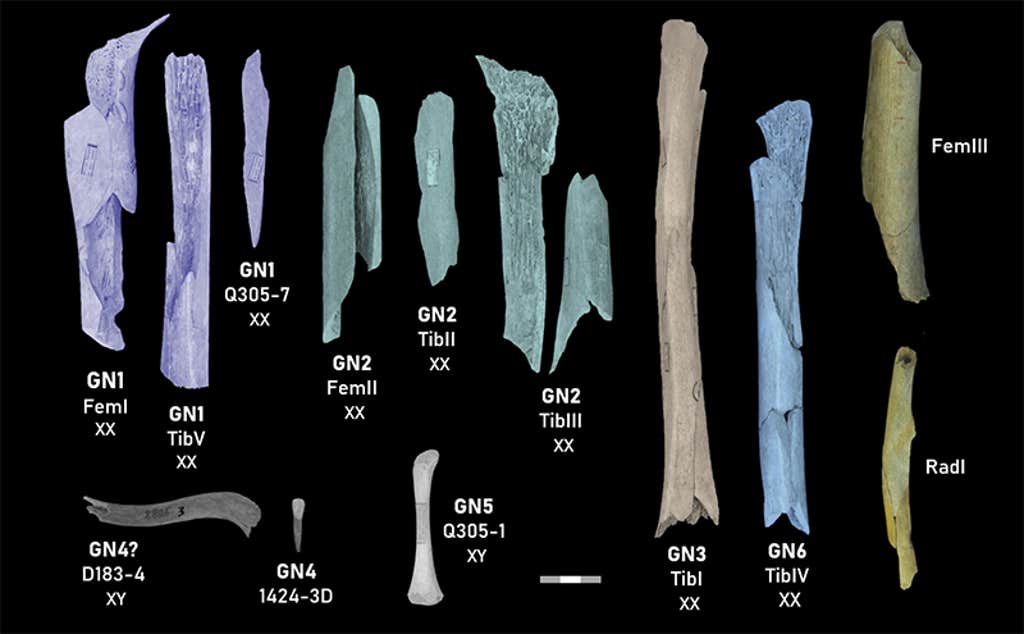At least 41,000 years ago, a grisly scene may have played out in dark limestone caves located in what’s now Belgium. Neanderthals appear to have feasted on their own species, according to the remains of more than six individuals that were unearthed at an archaeological site called the Troisième Caverne. The victims included four adolescent or adult females and a young male, according to a recent paper published in Scientific Reports. This adds to decades of evidence that Neanderthals sometimes craved the taste of their own kind.
Previous research suggested that these specific remains from the Troisième Caverne bore marks of butchering. Together, they make up the biggest collection of Neanderthal remains in northern Europe with “clear evidence of anthropogenic modifications.” Scientists have found signs of cut marks on bones, as reported in a 2016 paper, and evidence that the remains were later used to make stone tools. These victims likely weren’t local to the region, according to past analysis of geography-specific sulfur isotopes within these individuals’ bone collagen.

Now, new details have come to light on this chilling case of Neanderthal cannibalism. Between 41,000 and 45,000 years ago, Neanderthals from this area of Belgium appear to have hunted a group of more than six of their neighboring hominins. While the victims were not closely related, isotopic analysis indicates that they had similar diets and geographic origins. All but one individual, a male baby, studied in this group had evidence of Neanderthal-made marks.
Read more: “Portrait of the Human as a Young Hominin”
According to these remains, the hungry Neanderthals seem to have had a taste for children and slender, short females, the paper noted. The authors suggest that they targeted “weaker members” of other social groups from a neighboring area—this could also have served to inhibit the reproductive success of competing groups. Ultimately, the grisly act may have stemmed from some sort of conflict between groups of Neanderthals.
But Homo sapiens might have been somewhat responsible: They were trickling into western Europe around this time. While not yet documented near the Troisième Caverne, members of our species could have triggered competition for resources and violence among local groups of Neanderthals. And we all know how that ended for these long-gone hominins. ![]()
Enjoying Nautilus? Subscribe to our free newsletter.
Lead image: Pretty Vectors / Shutterstock
































